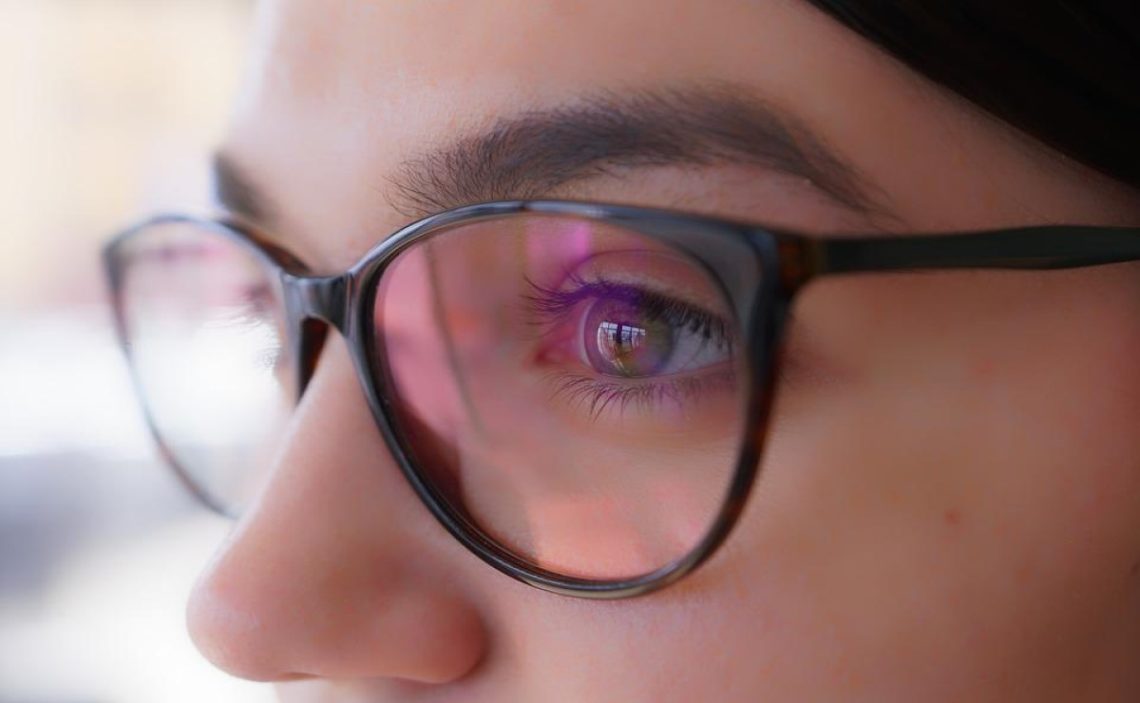Eyesight problems are among the most common pathologies of citizens. Eyeglasses are essential tools to improve your quality of life, whether for near sight, distance sight, or to correct a condition. Stanton Optical was founded in 2007 with the mission to provide a service that helps correct eyesight problems with elegant lenses at competitive prices.
Although it is a common problem, some people spend thousands of dollars on treatments, operations, and different types of glasses on improving their eyesight. Stanton Optical not only relies on offering you stylish and competitively priced eyewear models but also has a network of affiliated in-store doctors who offer comprehensive exams, including vision health checks.
If you need a new pair of glasses or require medical exams from Stanton Optical and can’t afford them, you may be wondering what insurance does Stanton Optical take?
What insurance does Stanton Optical accept?
Stanton Optical and the doctors on staff accept most major insurance companies in the United States. Through them, they allow access to easier and more affordable eyewear purchases. The company also takes flexible spending (FSA), health savings account (HSA), and CareCredit.
In most cases, the federal Medicare insurance program does not cover regular eyeglasses. Still, the company offers competitive discounts for customers to save on every purchase to compensate for this lack. Medicaid payments are also not accepted.
You can proceed with an insurance plan if you want glasses or an eye exam. The only condition is that the acceptance of one insurance or another varies depending on the state where the treatment is performed. If you need more details about the types of insurance, you can go to the company’s official website and detail the options by state. It is also feasible to buy if you use an insurance company.
For more information about payment methods and insurance companies, we recommend calling 877-518-5788 to check if your insurance is valid and if there are additional promotional plans in your area. It is important to add that you cannot take advantage of discounts if you want to pay with insurance; however, you can get 60% off the cost of glasses if you buy with insurance.
What brand of lenses does Stanton Optical use?
Stanton Optical has a wide variety of eyewear for children, women, and men. Not only glasses for seeing or reading, but also for sun protection. The customer chooses the option of their preference by following these steps:
Step One: Choose the lens type
The standard lens treatment includes two modalities:
- Monofocal: Provides a single field of vision or prescription power over the entire lens
- Multifocal: Helps the patient see from near, intermediate, and far distances. Multifocal glasses are divided into two phases:
- Bifocal: The lens has two viewing areas divided by a visible line
- Progressive: The lens offers advanced correction for near, intermediate, and distance sight. It also includes an additional eye modality by gradually changing the viewing area with no perceptible line
Step two: Choose the material
Among the different types of materials for the construction of the glasses are:
Plastic
- Usually of good quality
- Ideal for mild or minimal prescriptions
- Recommended for prescriptions from +/-0.00 to +/-1.75
High index
- Slim and long design
- High strength and optical quality are considered premium quality
- Protection from the sun’s UV rays
- Recommended for prescriptions greater than +/-4.00
Polycarbonate
- Thinner and lighter than plastic lenses
- Impact and scratch resistant
- Intended for children or adults in an impact-prone environment
- Recommended for prescriptions greater than +/-0.00 to +/-6.00
Step three: Choose the anti-destructible
To meet multifocal performance needs, you should choose from the following options:
Standard
- Consistent anti-reflective lens coating properties provide more relaxed, high-contrast vision
- Three times more scratch-resistant than traditional anti-scratch coatings
- Easy to clean thanks to coatings that repel water, grease, and dirt
Platinum blue anti-glare
- Reduces eyestrain, headaches, poor vision, and other related discomforts by filtering out 30% of harmful blue light. This light is emanated by LCD and LED screens, digital devices, fluorescent, and LED lights
- It is 15 times more scratch resistant compared to common anti-reflective coatings
- Much easier to clean thanks to water, grease, and dirt-repellent coatings
Premium quality
- Has maximum anti-reflective performance with less than 5% light reflection
- Ten times more scratch resistant than traditional anti-reflective coating
- Has more light transmission capability possible through the lens, which improves vision
- Has superior keep-clean capabilities due to the anti-dust and lint structure on the lens surface
Step three: Additional Options
- Photochromic lenses: Also known for their light sensitivity, they darken when exposed to the sun’s UV rays. The lenses will become clear again when this light is no longer present. This is a great alternative for those who need lenses and UV protection at the same time
- Tint: Designed for sunglass lenses, they are attractive and aesthetically pleasing. These tinted lenses reduce unwanted glare. It is important to consider that they may slightly alter perceived colors
- Polarized: They improve vision and minimize eyestrain by reducing rays from water, snow, glass, and roads. These lenses can change the visibility of images on an LCD screen
- PureSight: Provides clearer, sharper vision on surfaces. Ideal for those working on computers or driving at night. Reduces eyestrain. It is also resistant to scratches and dirt
- UV Protection: Protects eyes from the sun’s UV and UVB rays
- Roll & Polish: Designed for use without frames and stronger prescriptions
How long does it take to get glasses after an eye exam?
The eye exam cost is included in the lens fee, but generally, a contact lens exam is $99. After the exam is done and your lenses are made, the estimated wait time will depend on the frame and lenses but is usually seven to fourteen days.


